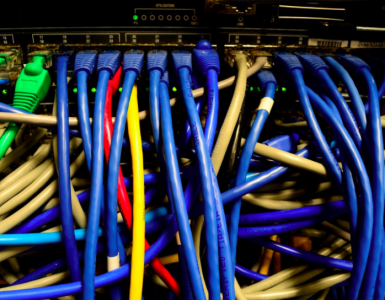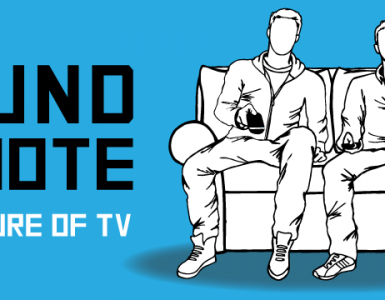As you walk down a city street, glancing from your phone to the bus shelter to the passing traffic – you are manufacturing impressions along the way. An active person may individually generate hundreds, if not thousands, of ad impressions in a single day. So what are each of those impressions worth? Based on countless parameters like age, location or sites and stores you visited in the past 30 days – there could be a massive difference between the value of my impressions and the impressions you generate. Hundreds of billions of dollars are spent globally as these impressions are brokered by the many players in the ad market.
But what are the impressions really worth? Just because we know somebody physically encountered an ad, what if they didn’t notice it? What if my impression was 5 seconds in duration and yours lasted for one minute? What about the impression that caused someone to stop for a moment and think about what they just saw? While inherently measurable, it’s easy to make an argument that impressions are an imperfect way to capture the value of advertising.
In the end, what advertisers want to do is influence the way consumers think. In a simplistic sense, tallying impressions is a proxy for the likelihood that goal is achieved. But what if we just cut to the chase and allowed advertisers to pay for the development of consumer understanding? A “cost per understanding (CPU)” if you will. Admittedly, this new metric would also be a proxy, but what if it looked at more than just impression delivery to become a better proxy?
At Curiosity, we are crafting campaigns that are sold against a CPU. The idea came about as we were negotiating a deal with a leading media agency, who just like us, had a desire to add more qualification than is typically made for straight CPM buys. We set up parameters to ensure users opted into a content experience that is relevant to the brand message. We take into account how long users spend and user sessions that don’t meet the predetermined amount of time aren’t counted. And lastly, we gauge consumer sentiment by looking at measurable events like content shares, recommendations and participation in polls. The CPU system is not perfect and is still evolving, but it does create a meaningful data set that sheds more light on whether consumers are actually absorbing the messaging.
CPM may always remain king of the mountain when it comes to measuring media, but we’re pleased to see interest from brands and agencies alike that share our desire to find better ways to assign value to digital experiences.





















